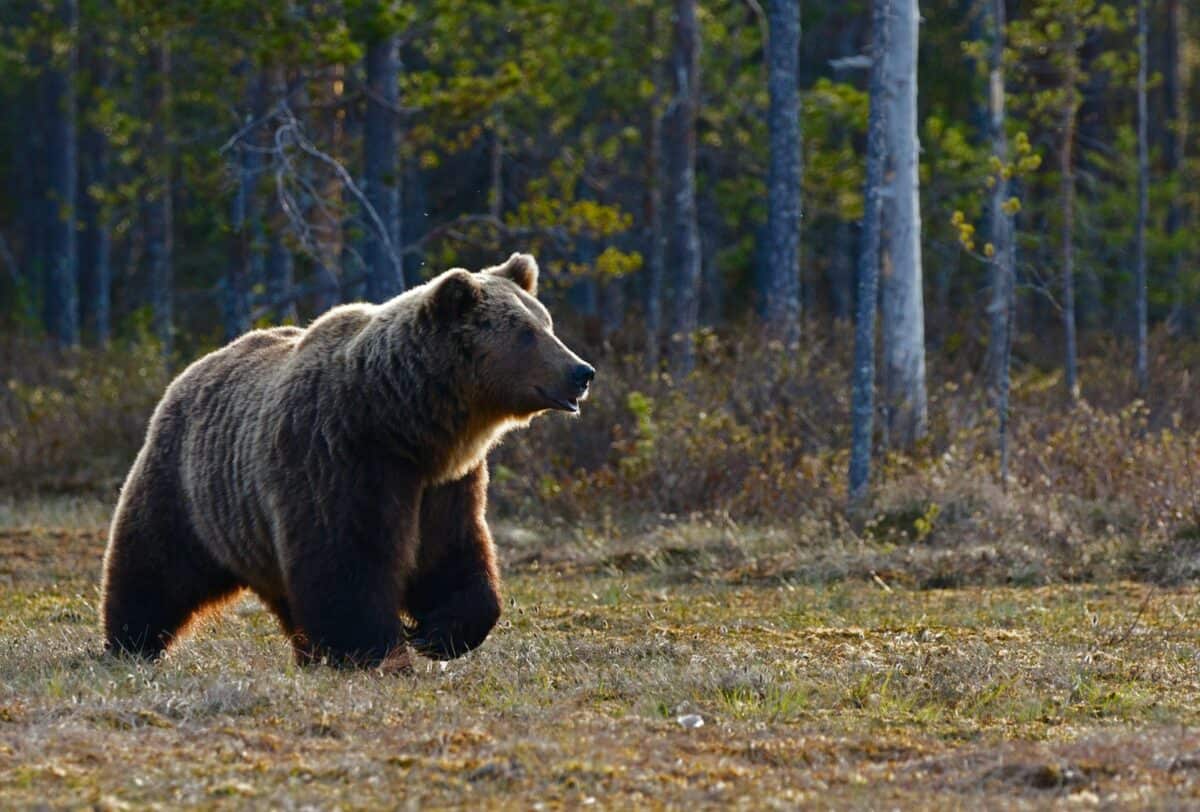Grizzly bears, the majestic titans of the wilderness, captivate our imaginations with their sheer power and mysterious allure. Revered and feared in equal measure, these iconic creatures embody the rugged spirit of the great outdoors. From the remote forests of Alaska to the majestic mountains of the Rocky North, grizzly bears command attention and demand respect. Yet, even with their larger-than-life reputation, there’s still much to learn about these fascinating mammals. Let us embark on an exploration of 15 mind-blowing truths about grizzly bears that will deepen your appreciation for these incredible creatures.
Keystone Species of the Ecosystem

Grizzly bears play a crucial role as a keystone species in their ecosystems. By controlling the populations of prey and influencing the behavior of other animals, they help maintain ecological balance. Their foraging activities also aid in seed dispersion and nutrient cycling, which benefits plant growth and biodiversity. Without grizzly bears, some ecosystems could face collapse, showcasing their importance beyond their charismatic presence.
The Origin of Their Name

Interestingly, the name “grizzly” does not refer to their temperament but to their appearance. The term comes from the grizzled or silver-tipped hairs that give their fur a lighter, grizzled appearance. This unique fur coloration helps them blend into their natural surroundings, providing an added advantage when hunting or avoiding threats.
Masters of Hibernation

Grizzly bears are exceptional hibernators, surviving the harsh winter months by falling into a state known as torpor. Unlike true hibernation, torpor allows bears to wake easily if disturbed. During this time, grizzlies do not eat, drink, or eliminate waste. They rely on stored body fat to sustain them, losing up to 30% of their body weight over the winter.
Incredible Sense of Smell

Grizzly bears possess one of the most powerful senses of smell in the animal kingdom, estimated to be 2,100 times more sensitive than that of humans. They can detect a carcass from several miles away, making them efficient scavengers. This olfactory prowess helps them locate mates, assess territory, and find food sources critical for their survival.
Omnivorous Diet

Despite their fearsome reputation as carnivores, grizzly bears have a remarkably varied diet. They are omnivores, consuming a mix of plants, berries, roots, fish, and mammals. Seasonal changes in food availability lead to diverse foraging patterns, showcasing their adaptability and resilience in the wild.
Solitary Wanderers

Unlike their tightly-knit polar bear cousins, grizzlies are primarily solitary animals. They cover vast territories, often overlapping with other bears. These regions can extend over 600 square miles for males, while females typically roam smaller areas. Interaction occurs mainly during breeding season or in areas of abundant food.
Impressive Speed and Agility

Despite their large size, grizzly bears can run at speeds of up to 35 miles per hour, outrunning an average human. Their agility allows them to swiftly navigate steep terrain, swim across rivers, and even climb trees when necessary. This adaptability is essential for hunting and evading potential threats.
Communication through Body Language
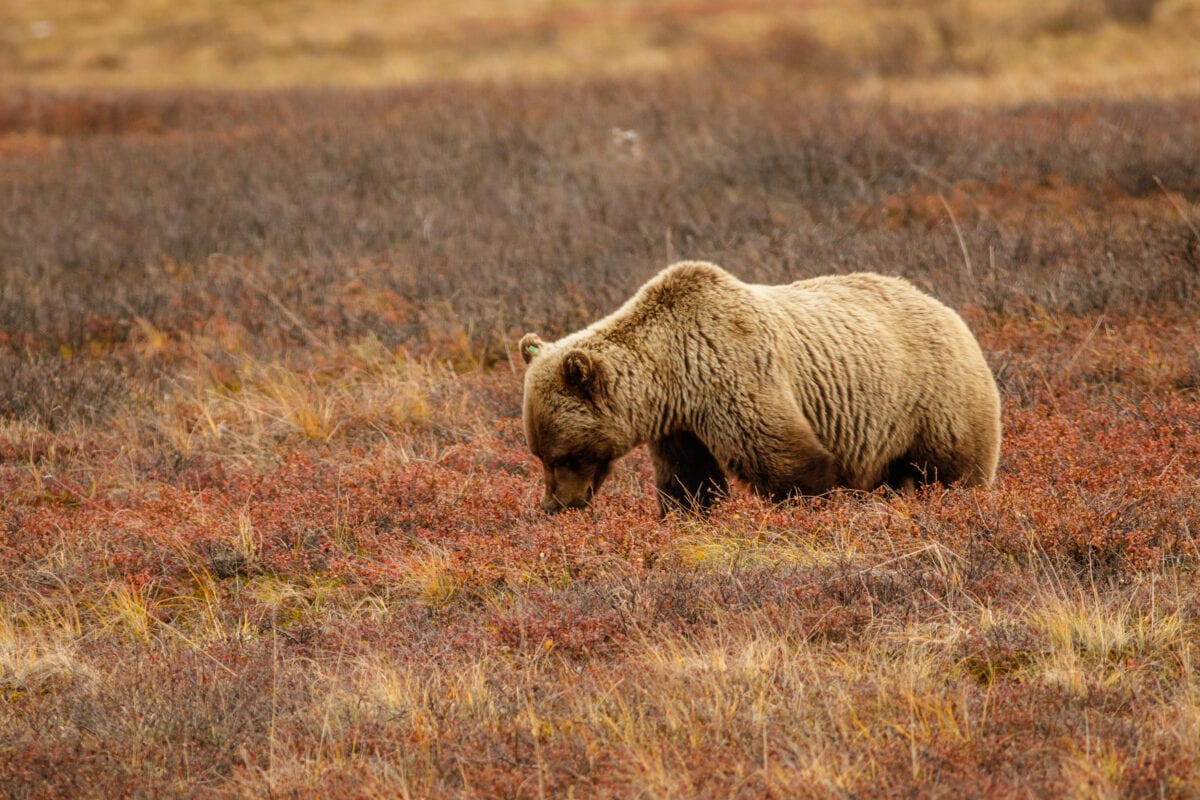
Grizzly bears communicate with each other primarily through body language. Postures, vocalizations, and scent-marking play a crucial role in establishing dominance, signaling intentions, and avoiding confrontations. Understanding these nuanced behaviors helps wildlife researchers manage and protect bear populations effectively.
The Threat of Climate Change

Climate change poses a significant threat to grizzly bears, impacting their habitat and food sources. Warming temperatures can lead to decreased availability of critical resources such as salmon and berries, putting pressure on bear populations. Conservation efforts are critical to preserving their habitats and ensuring their survival amidst changing environmental conditions.
Once on the Brink of Extinction

Historically, grizzly bears faced severe population decline due to habitat destruction and hunting. By the early 1970s, their numbers had dwindled, prompting the Endangered Species Act to list them as threatened. Thanks to ongoing conservation initiatives and legal protections, grizzly bear numbers have rebounded in many areas, though they remain vulnerable.
Ancestry of the Grizzly Bear
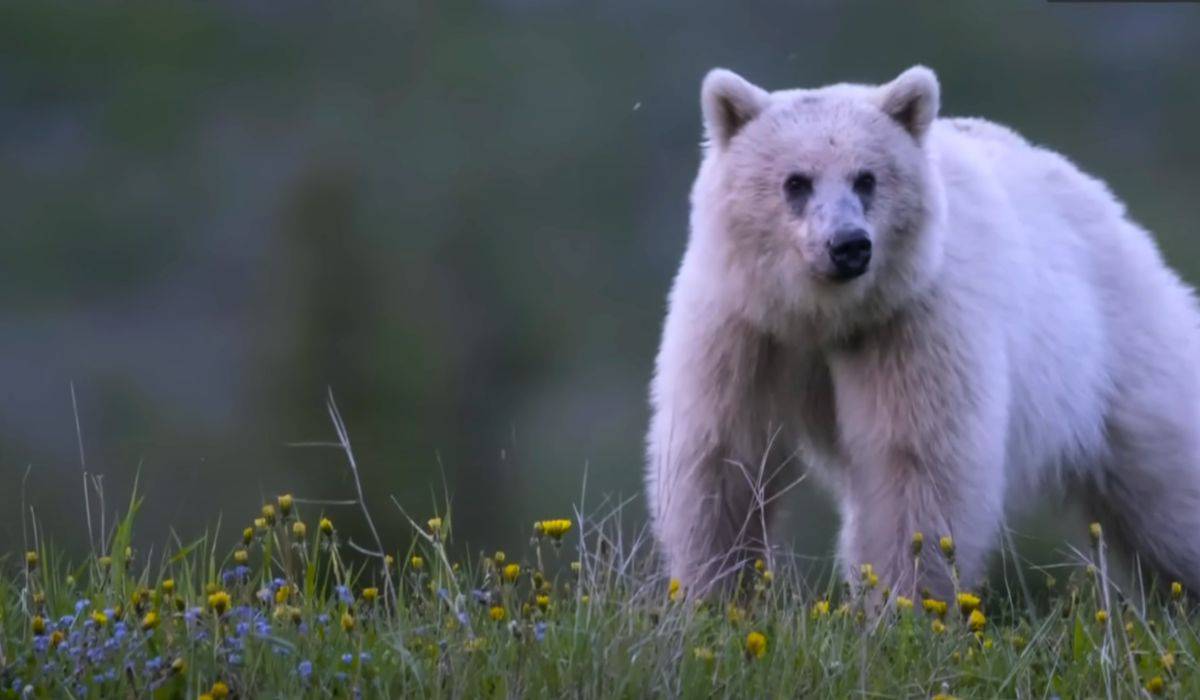
Grizzly bears, known scientifically as Ursus arctos horribilis, belong to the brown bear species. Their ancestors crossed the Bering Land Bridge from Asia to North America approximately 50,000 years ago. Over time, they adapted to various environments across the continent, each population with unique genetic characteristics reflecting their diverging paths.
Human-Bear Conflicts
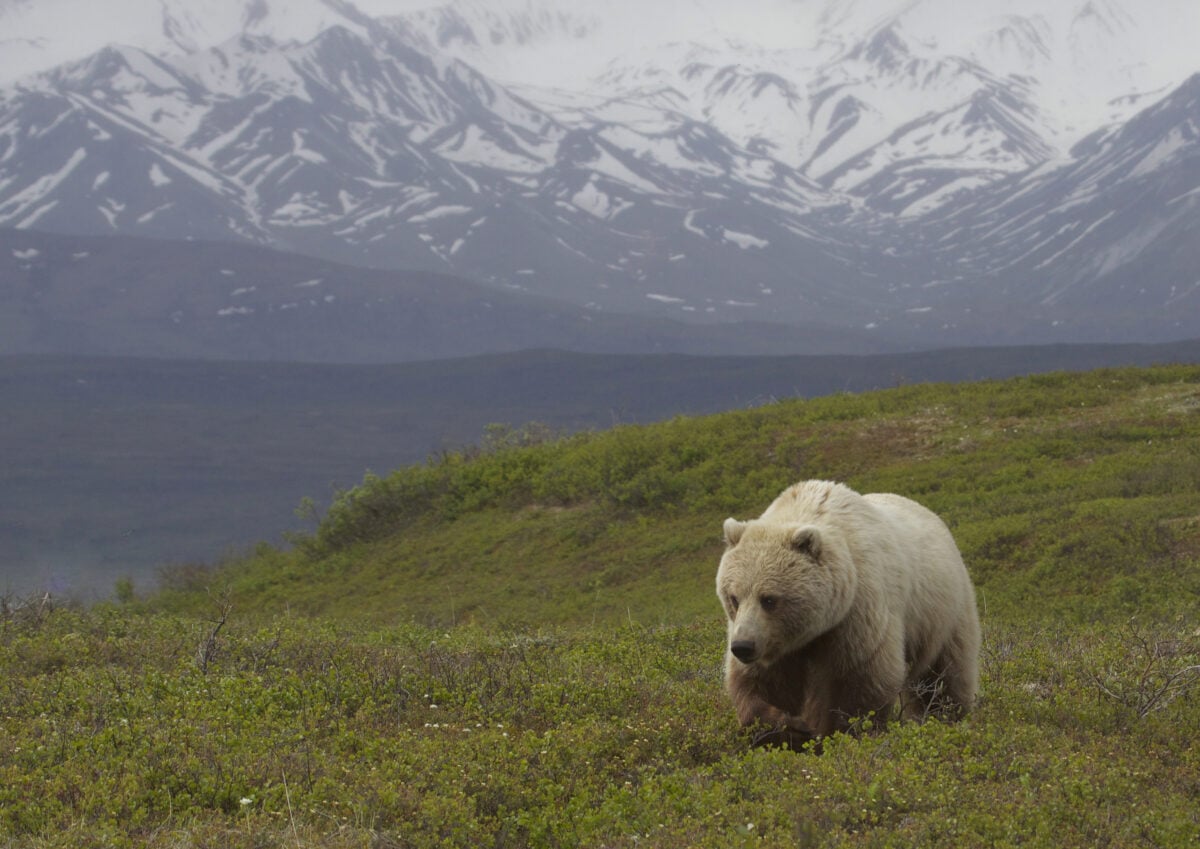
As human populations expand into bear territory, conflicts between grizzlies and people become more probable. Such encounters often result in negative outcomes for bears, underscoring the importance of cohabitation strategies. Education, proper waste management, and habitat conservation are critical in reducing these conflicts.
The Fascination with Grizzly Bears
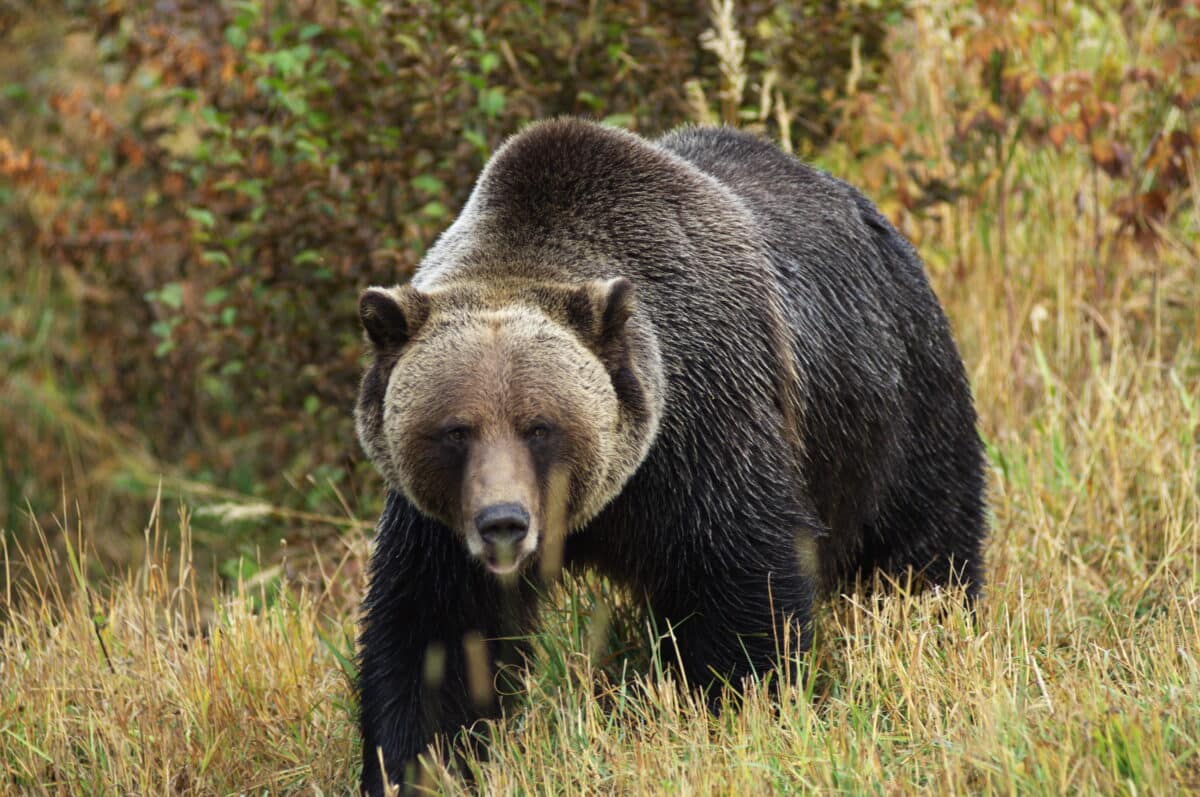
Grizzly bears captivate the public imagination, symbolizing wilderness and resilience. Their strength, intelligence, and complex behavior have inspired countless books, documentaries, and conservation efforts. They remind us of the majesty of nature and our responsibility to preserve it.
Conclusion:
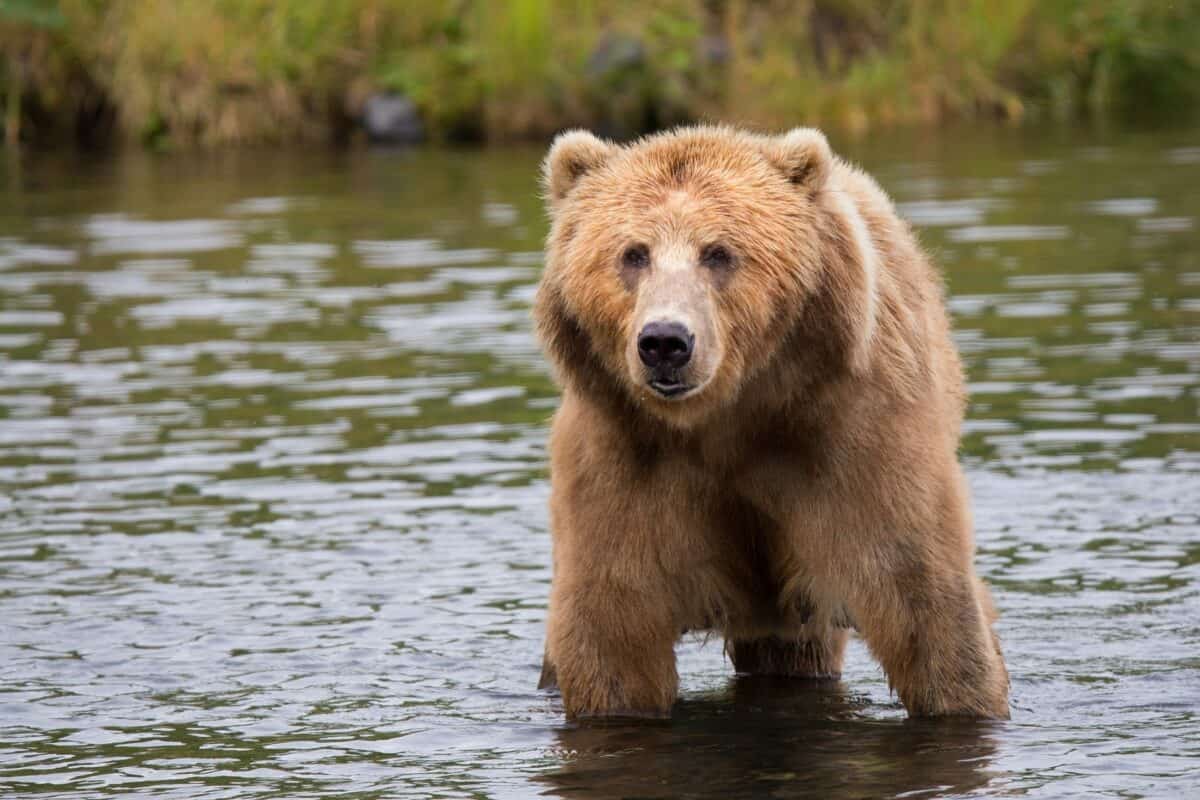
In conclusion, understanding these 15 truths about grizzly bears highlights their indispensability in maintaining ecological balance and their struggle against environmental challenges. This awareness underscores the importance of conservation efforts to ensure that grizzly bears continue to thrive in the wild. By respecting their habitats and mitigating human-bear conflicts, we can contribute to a future where grizzly bears remain an awe-inspiring part of our natural heritage.
- 14 Creatures That Can Freeze and Thaw Back to Life - August 9, 2025
- 10 Animals That Risked Their Lives to Save Humans - August 9, 2025
- 14 Reasons Why Bears Are Afraid of Humans (Most of the Time) - August 9, 2025

